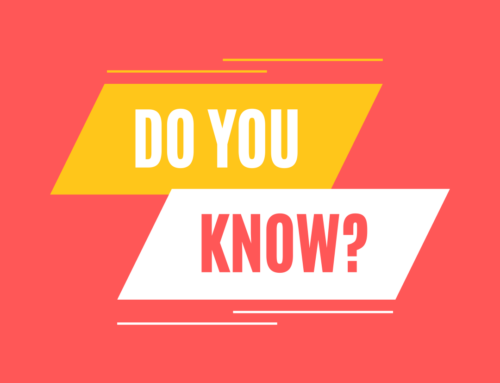Today’s topic is not an easy one to discuss. I put it under the category of “self-definition” in the diversity umbrella. It is important to acknowledge the ways in which people define themselves, whether by their skin color, the language they speak, the music they listen to, or any other aspect that serves as a key part of their self-definition.
Three years ago I had a student who was not doing well. After a six-month mentorship with me, his behavior had not improved; in fact, it had become increasingly severe. During a meeting with his parents, I was inspired to ask him fill-in-the-blank questions. This was a process he had grown accustomed to in our working together. Following are the statements I posed with his responses in bold:
“When people are Hispanic and proud to be Hispanic, they go to school and they fight.”
“When people are Hispanic and proud to be Hispanic, they get their report cards and the grades are F’s.”
“When people are Hispanic and proud to be Hispanic, and the teacher corrects their behavior, they disrespect the teacher.”
His parents were shocked. After this exercise it was clear to me that part of my student’s problem with school (and life in general) was not that he defined who he was by identifying with his culture, but that he had a very negative impression of his culture’s norms. We had a long discussion about self-definition.
Since then I have conducted similar exercises with students in relation to race, culture, neighborhoods, and grade levels. Too often our at-risk youth define themselves by the same negative stereotypes we claim are discriminatory when they are propagated by those who are not members of our own groups. To believe oneself should be good or bad, peaceful or hostile, articulate, wealthy, poor, proud, etc. according to one’s race or culture is common, especially for our at-risk populations. Hispanics who are articulate in English are sometimes referred to as “coconuts,” meaning that they are brown on the outside but are actually white on the inside. Similarly, I have had African American students tell one another, “You don’t speak black.”
When you encounter this, know that you are in the company of people who probably do not realize what they are really saying about themselves and about an entire group of people. One response I often use is, “And if a non-(fill in race or culture here) said the very same thing, would others think that person was being prejudiced? Tell me what you meant by this.”
These discussions are not easy to have, but they are important and thought-provoking. Talking about self-definition is a great way to open a dialog on the diversity of races and cultures found in American schools.
-Ruben Perez








